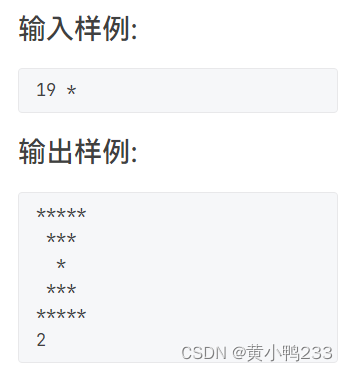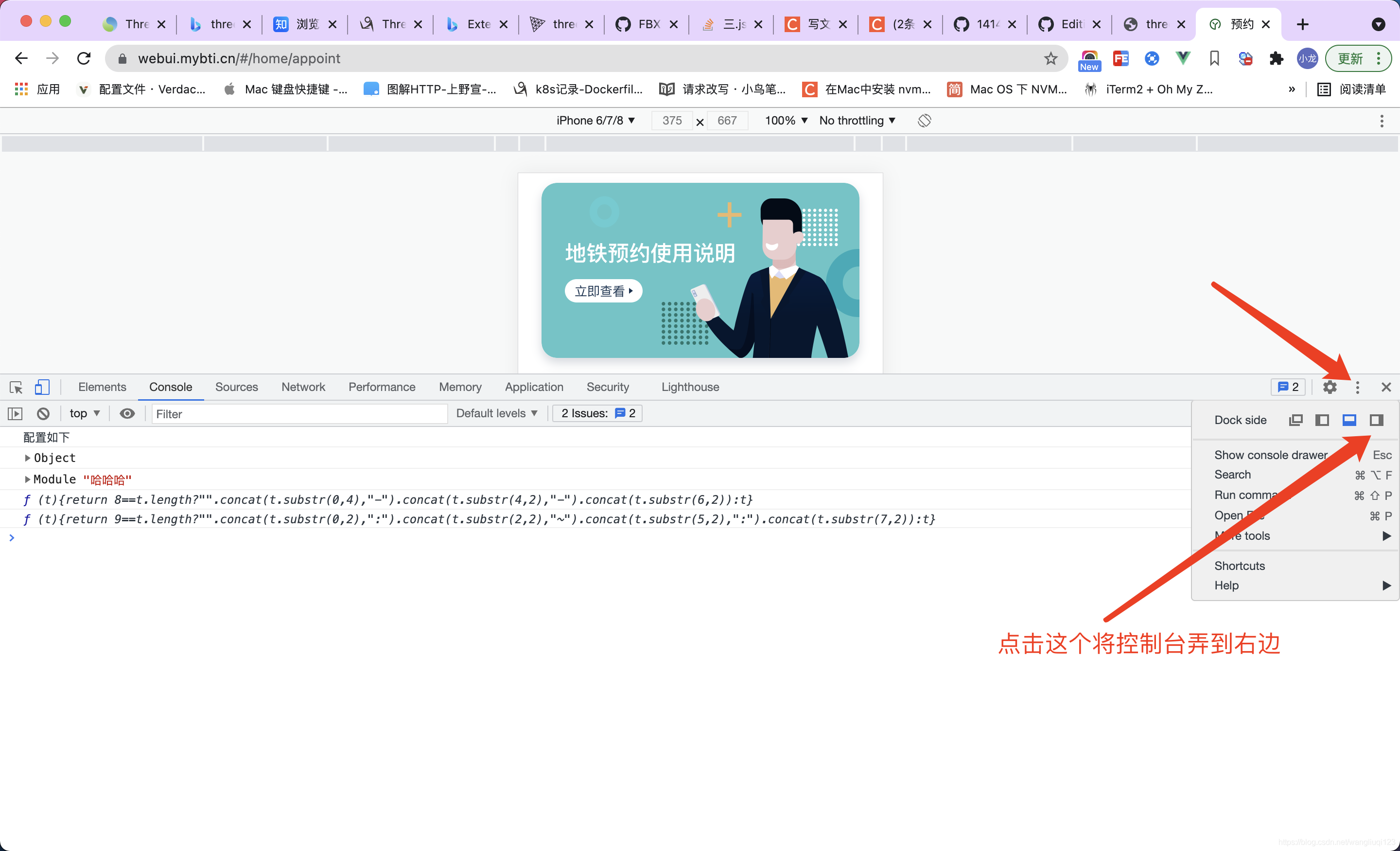当前位置:网站首页>keras使用class weight和sample weight处理不平衡问题
keras使用class weight和sample weight处理不平衡问题
2022-08-09 14:55:00 【yisun123456】
在机器学习或者深度学习中,经常会遇到正负样本不平衡问题,尤其是广告、push等场景,正负样本严重不平衡。常规的就是上采样和下采样。
这里介绍Keras中的两个参数
class_weight和sample_weight
1、class_weight 对训练集中的每个类别加一个权重,如果是大类别样本多那么可以设置低的权重,反之可以设置大的权重值
2、sample_weight 对每个样本加权中,思路与上面类似。样本多的类别样本权重低
例如 model.fit(class_weight={0:1.,1:100.0},,,) 其中Keras也可以直接设置为model.fit(class_weight='auto',,,)
需要注意的是:
1.使用class_weight就会改变loss范围,这样可能会导致训练的稳定性。当Optimizer中的step_size与梯度的大小相关时,将会出现问题。而类似Adam等优化器则不受影响。另外,使用class_weight后的模型的loss大小不能和不使用时做比较
2、也可以直接使用Keras中的‘auto’这样自动识别权重大小。
下面是摘要的代码
def fit(self,
x=None,
y=None,
batch_size=None,
epochs=1,
verbose=1,
callbacks=None,
validation_split=0.,
validation_data=None,
shuffle=True,
class_weight=None,
sample_weight=None,
initial_epoch=0,
steps_per_epoch=None,
validation_steps=None,
validation_freq=1,
max_queue_size=10,
workers=1,
use_multiprocessing=False,
**kwargs):
"""Trains the model for a fixed number of epochs (iterations on a dataset).
Arguments:
x: Input data. It could be:
- A Numpy array (or array-like), or a list of arrays
(in case the model has multiple inputs).
- A TensorFlow tensor, or a list of tensors
(in case the model has multiple inputs).
- A dict mapping input names to the corresponding array/tensors,
if the model has named inputs.
- A `tf.data` dataset. Should return a tuple
of either `(inputs, targets)` or
`(inputs, targets, sample_weights)`.
- A generator or `keras.utils.Sequence` returning `(inputs, targets)`
or `(inputs, targets, sample weights)`.
y: Target data. Like the input data `x`,
it could be either Numpy array(s) or TensorFlow tensor(s).
It should be consistent with `x` (you cannot have Numpy inputs and
tensor targets, or inversely). If `x` is a dataset, generator,
or `keras.utils.Sequence` instance, `y` should
not be specified (since targets will be obtained from `x`).
batch_size: Integer or `None`.
Number of samples per gradient update.
If unspecified, `batch_size` will default to 32.
Do not specify the `batch_size` if your data is in the
form of symbolic tensors, datasets,
generators, or `keras.utils.Sequence` instances (since they generate
batches).
epochs: Integer. Number of epochs to train the model.
An epoch is an iteration over the entire `x` and `y`
data provided.
Note that in conjunction with `initial_epoch`,
`epochs` is to be understood as "final epoch".
The model is not trained for a number of iterations
given by `epochs`, but merely until the epoch
of index `epochs` is reached.
verbose: 0, 1, or 2. Verbosity mode.
0 = silent, 1 = progress bar, 2 = one line per epoch.
Note that the progress bar is not particularly useful when
logged to a file, so verbose=2 is recommended when not running
interactively (eg, in a production environment).
callbacks: List of `keras.callbacks.Callback` instances.
List of callbacks to apply during training.
See `tf.keras.callbacks`.
validation_split: Float between 0 and 1.
Fraction of the training data to be used as validation data.
The model will set apart this fraction of the training data,
will not train on it, and will evaluate
the loss and any model metrics
on this data at the end of each epoch.
The validation data is selected from the last samples
in the `x` and `y` data provided, before shuffling. This argument is
not supported when `x` is a dataset, generator or
`keras.utils.Sequence` instance.
validation_data: Data on which to evaluate
the loss and any model metrics at the end of each epoch.
The model will not be trained on this data.
`validation_data` will override `validation_split`.
`validation_data` could be:
- tuple `(x_val, y_val)` of Numpy arrays or tensors
- tuple `(x_val, y_val, val_sample_weights)` of Numpy arrays
- dataset
For the first two cases, `batch_size` must be provided.
For the last case, `validation_steps` must be provided.
shuffle: Boolean (whether to shuffle the training data
before each epoch) or str (for 'batch').
'batch' is a special option for dealing with the
limitations of HDF5 data; it shuffles in batch-sized chunks.
Has no effect when `steps_per_epoch` is not `None`.
class_weight: Optional dictionary mapping class indices (integers)
to a weight (float) value, used for weighting the loss function
(during training only).
This can be useful to tell the model to
"pay more attention" to samples from
an under-represented class.
sample_weight: Optional Numpy array of weights for
the training samples, used for weighting the loss function
(during training only). You can either pass a flat (1D)
Numpy array with the same length as the input samples
(1:1 mapping between weights and samples),
or in the case of temporal data,
you can pass a 2D array with shape
`(samples, sequence_length)`,
to apply a different weight to every timestep of every sample.
In this case you should make sure to specify
`sample_weight_mode="temporal"` in `compile()`. This argument is not
supported when `x` is a dataset, generator, or
`keras.utils.Sequence` instance, instead provide the sample_weights
as the third element of `x`.
initial_epoch: Integer.
Epoch at which to start training
(useful for resuming a previous training run).
steps_per_epoch: Integer or `None`.
Total number of steps (batches of samples)
before declaring one epoch finished and starting the
next epoch. When training with input tensors such as
TensorFlow data tensors, the default `None` is equal to
the number of samples in your dataset divided by
the batch size, or 1 if that cannot be determined. If x is a
`tf.data` dataset, and 'steps_per_epoch'
is None, the epoch will run until the input dataset is exhausted.
This argument is not supported with array inputs.
validation_steps: Only relevant if `validation_data` is provided and
is a `tf.data` dataset. Total number of steps (batches of
samples) to draw before stopping when performing validation
at the end of every epoch. If validation_data is a `tf.data` dataset
and 'validation_steps' is None, validation
will run until the `validation_data` dataset is exhausted.
validation_freq: Only relevant if validation data is provided. Integer
or `collections_abc.Container` instance (e.g. list, tuple, etc.).
If an integer, specifies how many training epochs to run before a
new validation run is performed, e.g. `validation_freq=2` runs
validation every 2 epochs. If a Container, specifies the epochs on
which to run validation, e.g. `validation_freq=[1, 2, 10]` runs
validation at the end of the 1st, 2nd, and 10th epochs.
max_queue_size: Integer. Used for generator or `keras.utils.Sequence`
input only. Maximum size for the generator queue.
If unspecified, `max_queue_size` will default to 10.
workers: Integer. Used for generator or `keras.utils.Sequence` input
only. Maximum number of processes to spin up
when using process-based threading. If unspecified, `workers`
will default to 1. If 0, will execute the generator on the main
thread.
use_multiprocessing: Boolean. Used for generator or
`keras.utils.Sequence` input only. If `True`, use process-based
threading. If unspecified, `use_multiprocessing` will default to
`False`. Note that because this implementation relies on
multiprocessing, you should not pass non-picklable arguments to
the generator as they can't be passed easily to children processes.
**kwargs: Used for backwards compatibility.
Returns:
A `History` object. Its `History.history` attribute is
a record of training loss values and metrics values
at successive epochs, as well as validation loss values
and validation metrics values (if applicable).
Raises:
RuntimeError: If the model was never compiled.
ValueError: In case of mismatch between the provided input data
and what the model expects.
"""边栏推荐
- [Elementary C language] Detailed explanation of branch statements
- 如何在实际操作中进行亚马逊测评
- 常见编译问题
- 贝塞尔函数
- 数字图像处理的基本原理和常用方法
- Qt control - QTextEdit usage record
- [Mysql]--Transaction, transaction isolation level, dirty read, non-repeatable read, phantom read analysis
- 【C语言初阶】倒置字符串(输入 I like beijing. 输出beijing. like I)
- 几何光学简介
- 鸡生蛋,蛋生鸡问题。JS顶级对象Function,Object关系
猜你喜欢
随机推荐
大数组减小数组常用方法
对程序化交易系统接口有什么误区?
如何正确使用防关联浏览器
光线的数值追踪
Welcome to use CSDN - markdown editor
What drives the development of quantitative trading interfaces?
如何在实际操作中进行亚马逊测评
单向链表几个比较重要的函数(包括插入、删除、反转等)
focal loss原理及简单代码实现
How can I know if quantitative programmatic trading is effective?
二叉排序树的左旋与右旋
Simple analysis of regularization principle (L1 / L2 regularization)
如何选择可靠的亚马逊代运营
OpenCV简介与搭建使用环境
工作不等于生活,但生活离不开工作 | 2022 年中总结
Suddenly want to analyze the mortgage interest rate and interest calculation
SNR 信噪比
回收站一直显示未清空的图标问题
走得通,看得见!你的交通“好帮手”
浏览器中的302你真的知道吗









